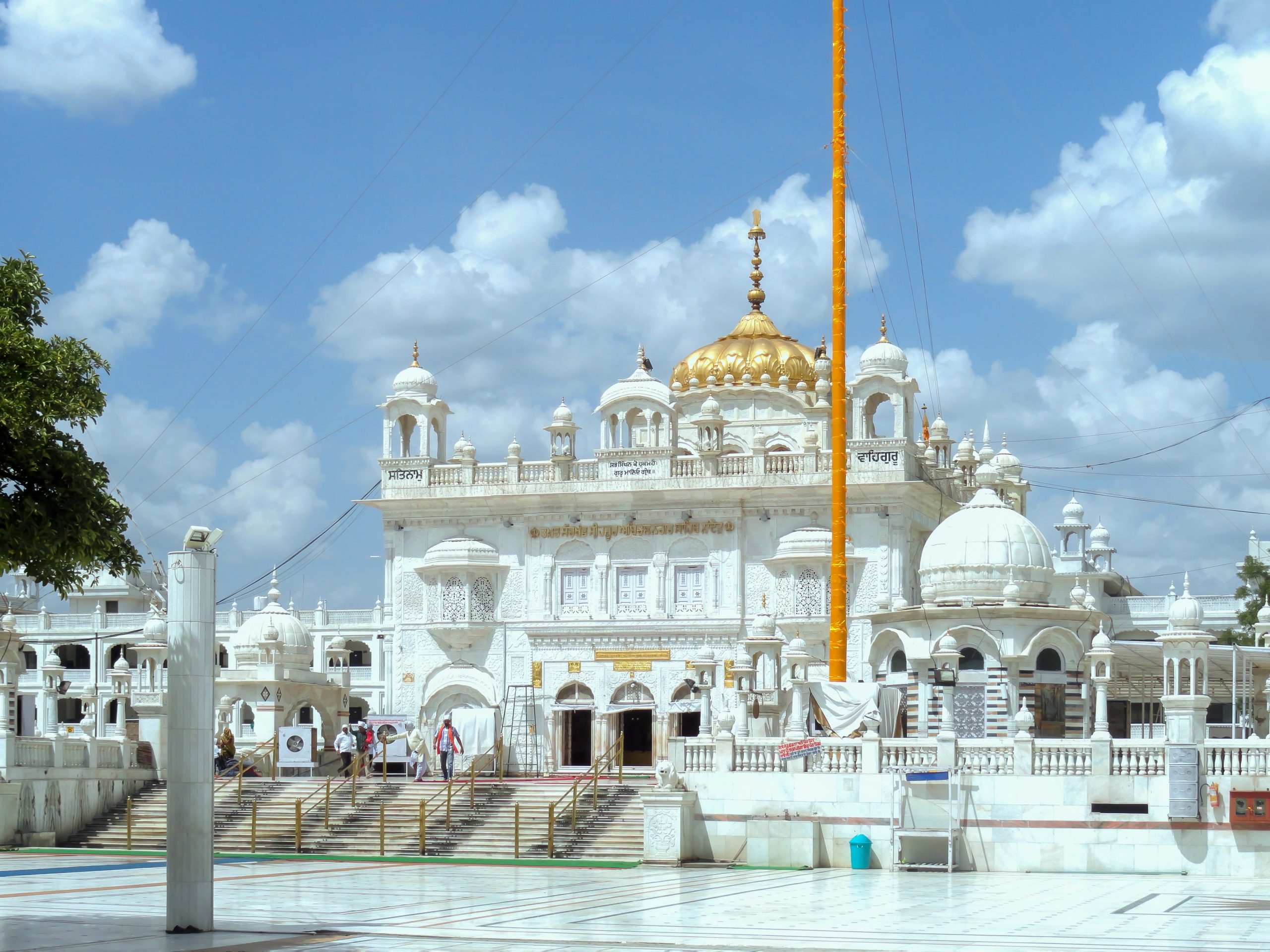
Takhat Sachkhand Sri Hazur Sahib
Maharashtra, IndiaShri Hazoor Sahib: A Sacred Shrine with Historical Significance Shri Hazoor Sahib, also known as Takht Sachkhand Sri Hazoor Sahib, is a highly revered Sikh shrine located in the city of Nanded in the state of Maharashtra, India. It holds great historical and religious significance for the Sikh community worldwide. The shrine marks the final resting place of Guru Gobind Singh Ji, the tenth and last Guru of Sikhism. With a rich history dating back centuries, Shri Hazoor Sahib stands as a symbol of Sikh heritage and spirituality. 1. The Formation of Shri Hazoor Sahib: The foundation of Shri Hazoor Sahib dates back to the year 1708, when Guru Gobind Singh Ji decided to establish his permanent residence in Nanded. After the conclusion of the historic Battle of Chamkaur, Guru Gobind Singh Ji arrived in Nanded and settled at the banks of the Godavari River. The site where Guru Gobind Singh Ji held court became the sacred location known as Shri Hazoor Sahib. 2. Guru Gobind Singh Jis Final Days: In the year 1708, Guru Gobind Singh Ji spent the last few months of his life in Nanded. During this time, he imparted valuable teachings to his disciples and composed several important Sikh scriptures. It was here that Guru Gobind Singh Ji also declared the end of the line of personal Gurus and passed the spiritual authority to the Guru Granth Sahib, the holy scripture of Sikhism. 3. The Creation of Takht Sachkhand: Following the passing of Guru Gobind Singh Ji, the Sikh community in Nanded constructed a gurdwara around the site of his final residence, giving birth to Takht Sachkhand Sri Hazoor Sahib. Takht translates to throne, signifying its status as one of the five highest seats of Sikh authority. Today, it serves as the principal religious and cultural center for Sikhs worldwide. 4. Architectural Splendor: Shri Hazoor Sahib is renowned for its architectural grandeur and magnificence. The shrine features a majestic golden dome known as the Gurudwara Sachkhand Sahib, which houses the holy Guru Granth Sahib. The gurdwara complex includes various prayer halls, a sarovar (sacred pool), and langar halls where free meals are served to devotees. 5. Annual Celebrations: Shri Hazoor Sahib is a vibrant center of religious festivities and attracts a large number of devotees throughout the year. The most significant celebration is the Gurta Gaddi Diwas, commemorating the installation of Guru Granth Sahib as the eternal Guru. It is observed with great devotion and enthusiasm by Sikhs worldwide. 6. Preservation and Significance: Efforts have been made to preserve the historical significance of Shri Hazoor Sahib. The Gurudwara Sachkhand Sahib Management Board, along with various Sikh organizations, is responsible for its upkeep and maintenance. The shrine serves as a place of pilgrimage, fostering spiritual growth, and providing a deeper understanding of Sikhisms core principles. Shri Hazoor Sahib stands as a testament to the rich legacy of Guru Gobind Singh Ji and serves as a sacred pilgrimage site for millions of Sikhs worldwide. Its historical and religious importance, coupled with its architectural splendor, makes it a revered destination for devotees seeking spiritual solace. Shri Hazoor Sahib continues to inspire and connect people, transcending geographical and cultural boundaries, and promoting the values of Sikhism.


